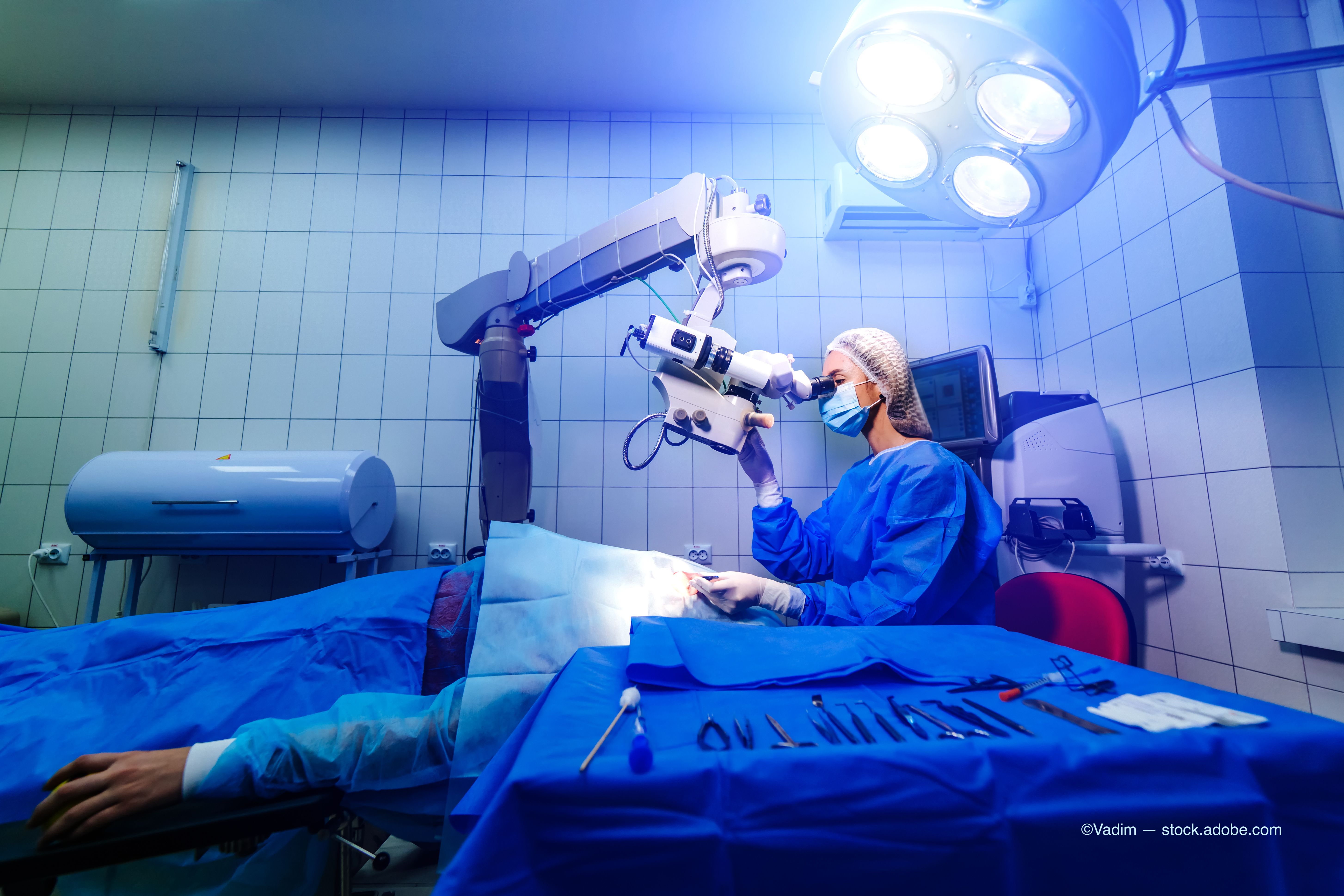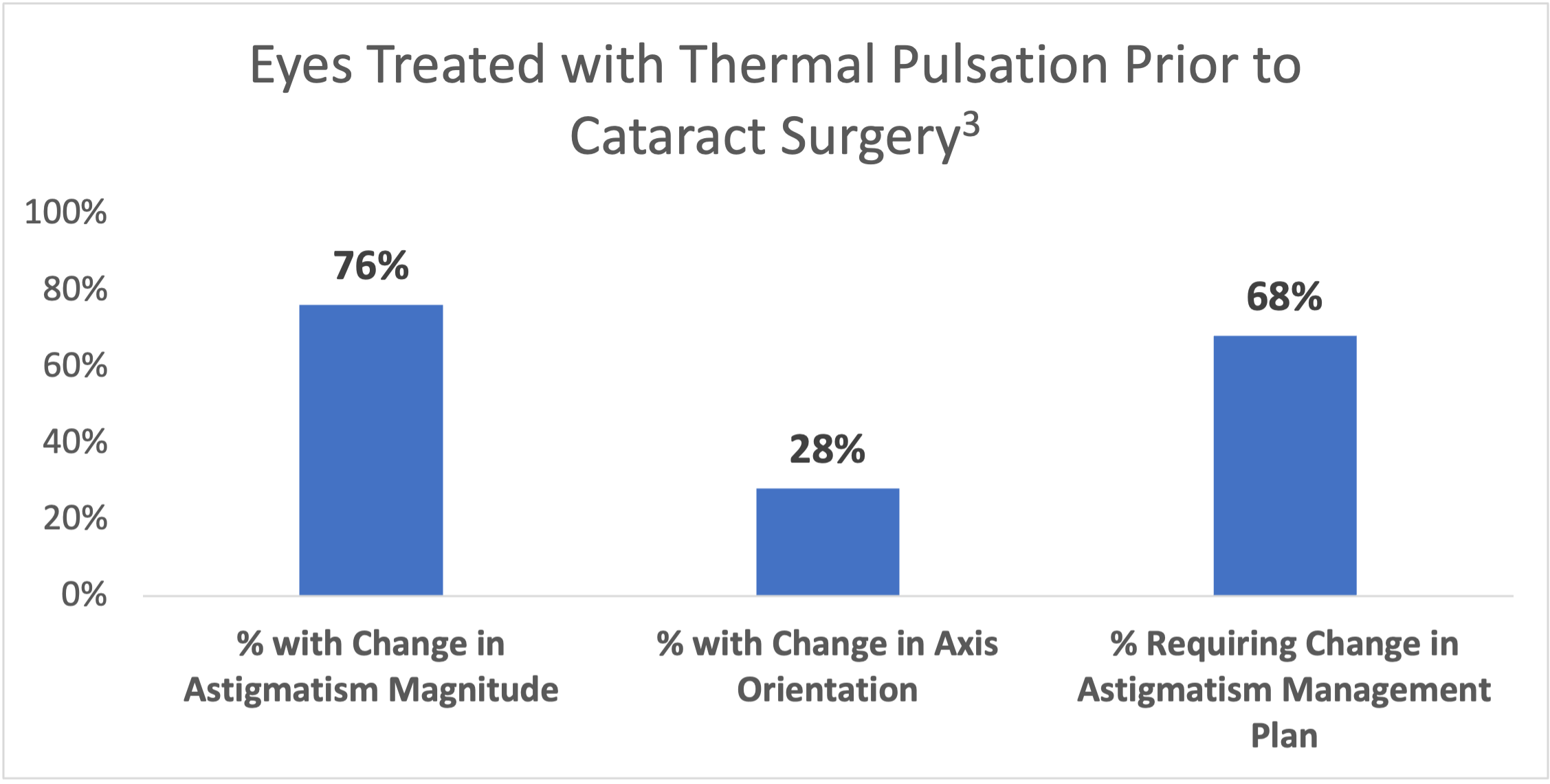Article
Blog: The Premium Patient Experience
Author(s):
Cynthia Matossian, MD, shares her thoughts on the premium patient "experience" or "journey," emphasizing the outcomes of patient experiences.
Editor's note: The views expressed in this blog are those of their respective contributor and do not represent the views of Ophthalmology Times® or MJH Life Sciences®

We all like to talk about the premium patient “experience” or “journey.” Often, that language refers to a different way of interacting with patients who elect to have a surgical procedure for which they are paying out of pocket. Perhaps it means they are whisked to a surgery suite without a long delay in the waiting room, or they have access to better coffee in elegant surroundings while they wait.
But at the end of the day, what matters most to patients is a premium outcome and a relatively quick and painless journey to greater spectacle independence. All the “perks” in the world don’t make up for missing the refractive target or mismanaging astigmatism. One of the best investments we can make in our surgical patients, in addition to the best surgical technology, is to take the time to optimize their ocular surface before surgery.
An unstable tear film affects the quality of optical surface reflections from the cornea, compromising the accuracy of keratometry and other preoperative measurements and increasing the possibility of residual refractive error, particularly astigmatism.1,2 Only by obtaining measurements from a healthy cornea can one be assured that the magnitude and axis of astigmatism are accurate and reliable.
Indeed, in a study I published a couple years ago, treating meibomian gland dysfunction (MGD) with vectored thermal pulsation therapy before surgery resulted in a change in the magnitude of astigmatism in three-quarters of eyes and a change in the orientation (with-the-rule, against-the-rule, or oblique) of the axis in more than one quarter of eyes (Fig. 1).3
Figure 1

As a result, my initial surgical plan for the management of astigmatism frequently needed to be altered after thermal pulsation, once the ocular surface was in better shape. In some cases, this meant choosing a different toric IOL power, but in other cases, it meant implanting a toric IOL instead of planned limbal relaxing incisions, or vice versa. Obtaining the final preoperative measurements and adjusting the surgical plan after treatment for MGD allowed 36% more eyes to achieve my clinical target of ≤0.50 D of residual astigmatism, and likely saved many problems with postoperative dissatisfaction.
We know that in-office treatments for MGD can improve patient symptoms after surgery,4 which may also improve satisfaction. But how much better would it be for that premium experience to nail the target refraction and avoid symptoms in the first place? For all these reasons, many practices are now bundling an in-office vectored thermal pulsation treatment and/or other dry eye treatment measures into LASIK or their premium IOL packages at a reduced or no charge to ensure the most reliable measurements.
References:
1. Epitropoulos AT, Matossian C, Berdy GJ, et al. Effect of tear osmolarity on repeatability of keratometry for cataract surgery planning. J Cataract Refract Surg 2015;41(8):1672-7.
2. Núñez MX, Henriquez MA, Escaf LJ, et al. Consensus on the management of astigmatism in cataract surgery. Clin Ophthalmol 2019;13:311.
3. Matossian C. Impact of thermal pulsation treatment on astigmatism management and outcomes in meibomian gland dysfunction patients undergoing cataract surgery. Clin Ophthalmol 2020;14:2283-9.
4. Schallhorn CS, Schallhorn JM, Hannan S, Schallhorn SC. Procedure to treat recalcitrant dry eye symptoms after laser vision correction. J Refract Surg 2017;33(1):30-36.
Newsletter
Don’t miss out—get Ophthalmology Times updates on the latest clinical advancements and expert interviews, straight to your inbox.
2 Commerce Drive
Cranbury, NJ 08512
All rights reserved.




